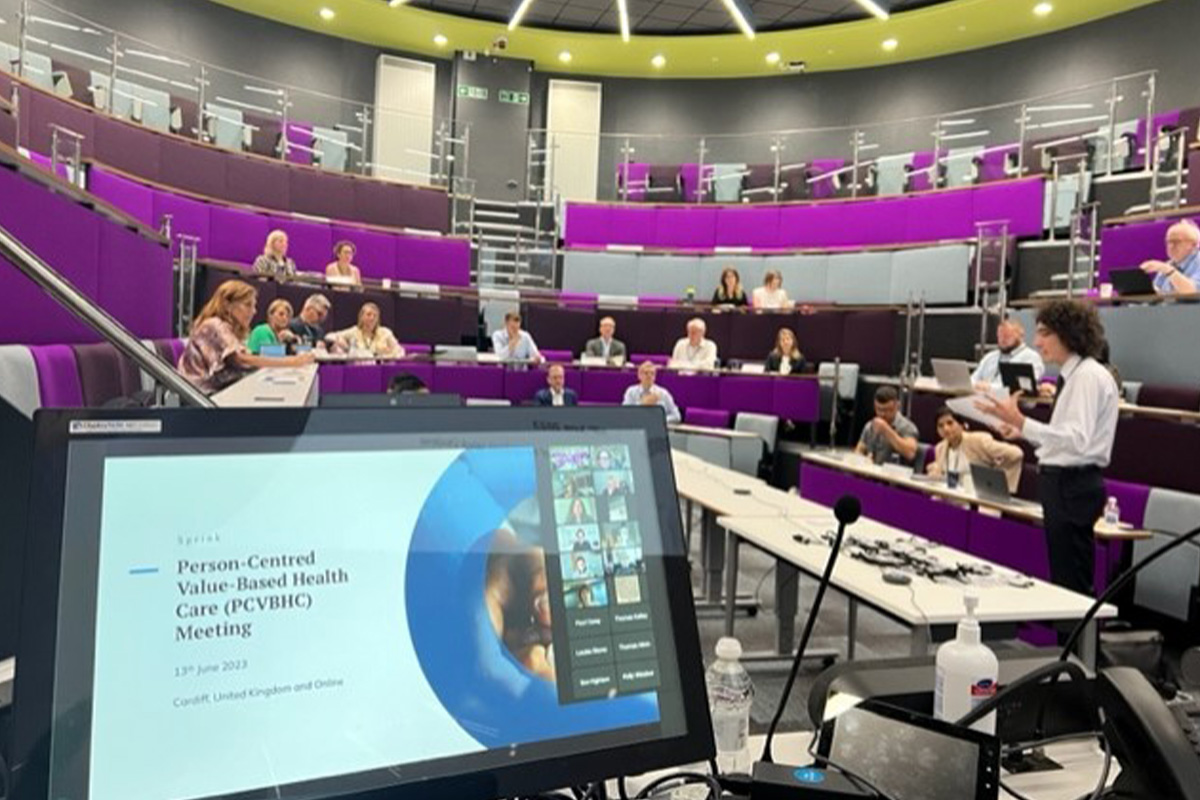Tell us about yourself
I split my time between being a GP (primary care physician) in west London and leading Sprink’s Global Centre for Healthy Food Environments. I’ve always been interested in population-level health care and have combined clinical and academic work throughout my career, so I’m excited to be working with Sprink to define what Healthy Food Environments look like and to help organisations around the world act on that evidence to deliver better health outcomes for all.
What are Healthy Food Environments?
Much of the food available to patients, staff and visitors in our health care systems is unhealthy and not conducive to health, leading to worse health outcomes. As a GP, I have first-hand experience of the negative impact that unhealthy food has on peoples’ lives, such as high blood pressure, diabetes and all the complications that come with managing those conditions.
A food environment could be anything from the meals that inpatients are given if they stay overnight; the food in the canteen available to staff, outpatients, and relatives; and shops or kiosks serving food. It also includes the behavioural factors which influence individuals’ food choices, such as the placement and descriptions of certain food items.
But more broadly, Healthy Food Environments are also about the ethics of how food is produced, its supply chain, and its effect on all our health. For example, the impact on animal welfare, the environment, and sustainability in farming practices.
What is the focus of the Healthy Food Environments work in 2022?
In 2022, we are focusing on answering our research question: ‘What is the definition of a Healthy Food Environment in a health care system?’ This work output will inform the design of an educational programme to support people in developing and implementing Healthy Food Environments in their health care system. The education programme will be aimed at anyone who has a stake in providing food to people in health care settings, from frontline clinical staff to those involved in managing and organising catering in hospitals. It will also be relevant to people responsible for designing food policy for regional health care systems and to those in the food and catering business.
In the future, we plan to explore how we can support large food and catering businesses to align their goals more closely with those of our health care systems, in order to deliver better health outcomes for all. Intuitively, this feels like a mutually beneficial area for health systems and food companies which will in turn benefit populations and our planet.




